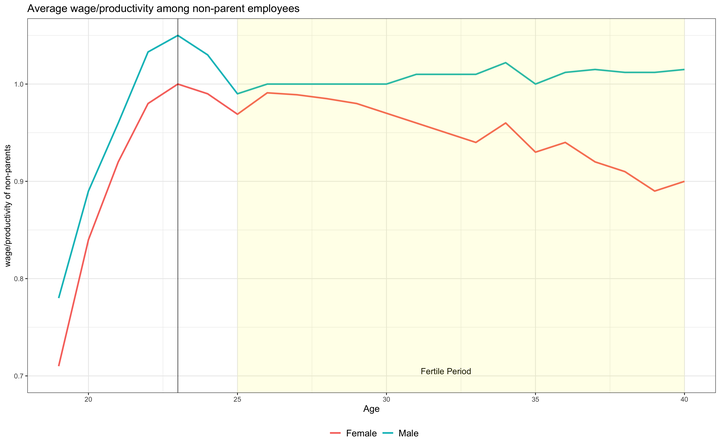Expected Fertility Penalty

Abstract
This paper suggests a new channel for the gender pay gap - an expected fertility penalty for young women in prime-childbearing ages - by using a quasi-experimental approach that exploits variation in the share of coworkers who gave birth in the year prior to hiring and examines effects on initial wage offers for women hired, finding that non-mother women in prime childbearing years receive lower wage offers when joining firms where more coworkers recently gave birth, with the expected fertility penalty being larger in small firms where workplace productivity losses from births are more salient, demonstrating that women face wage penalties not only for actual childbearing but for fertility expectations based on recent workplace experiences with maternity leave.